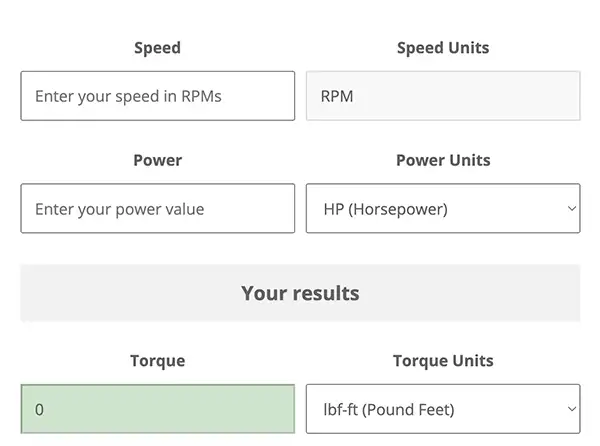Creating an Audible Noise Specification for Electric Motors and Gear Motors in Automated Machinery
As an engineer or quality specialist responsible for ensuring the reliability and performance of electric motors and gear motors in automated machinery, developing a comprehensive audible noise specification is crucial. This process ensures compliance with industry standards and enhances the overall user experience by minimizing noise-related issues.
Understanding Audible Noise in Motors
Audible noise in electric motors and gear motors arises from various sources, including electromagnetic, mechanical, and aerodynamic factors. These noises can result from:
1 - Electromagnetic Forces: Vibrations are caused by electromagnetic forces acting on the motor components.
2 - Mechanical Imperfections: Misalignments, bearing defects, or gear mesh issues.
3 - Aerodynamic Effects: Air turbulence around the motor and fan blades.
Importance of Noise Specifications
A well-defined noise specification helps in:
- Ensuring Compliance: Meeting industry noise standards and regulations.
- Enhancing User Experience: Reducing discomfort and potential hearing damage for operators.
- Improving Product Quality: Identifying and mitigating noise sources to enhance motor performance.
Steps to Create an Audible Noise Specification
1 - Identify Noise Standards: Research industry standards such as ISO 1680, IEC 60034-9, and ANSI S12.54. These standards provide guidelines for measuring and evaluating motor noise.
2 - Define Test Conditions: Specify the operating conditions under which the noise measurements will be taken. This includes:
- Load Conditions: Full load, no load, or partial load.
- Speed: Constant speed or variable speeds.
- Environmental Conditions: Ambient temperature, humidity, and background noise levels
3 - Select Measurement Instruments: Choose appropriate instruments that comply with the required accuracy and sensitivity, such as sound level meters and microphones.
4 - Establish Measurement Locations: Define the positions around the motor where noise measurements will be taken. Typically, measurements are taken at a standard distance (e.g., 1 meter) from the motor in multiple directions.
5 - Set Noise Limits: Establish acceptable noise levels (measured in decibels, dB) based on industry standards and application requirements. Consider different frequency ranges, as human perception of noise varies across frequencies.
Testing the Motor to the Specification
1 - Prepare the Test Environment: Ensure the testing area is free from extraneous noise and has controlled environmental conditions. If possible, use an anechoic chamber.
2 - Calibrate Instruments: Before testing, calibrate sound level meters and microphones to ensure accurate measurements.
3 - Conduct Baseline Measurements: Measure the background noise level in the test environment without the motor running. This helps in isolating motor noise from ambient noise.
4 - Run the Motor: Operate the motor under the defined test conditions. Take noise measurements at the specified locations and document the results.
5 - Analyze Noise Data: Compare the measured noise levels against the established limits in the specification. Identify any frequencies or conditions where the noise exceeds acceptable levels.
6 - Implement Mitigations: If motor noise exceeds the specified limits, identify the noise sources and implement mitigation strategies. This could involve redesigning motor components, improving assembly processes, or adding noise-dampening materials.
Documenting and Reporting
Create a detailed test report that includes:
- Test Conditions: Operating conditions, environmental settings, and measurement locations.
- Measurement Data: Recorded noise levels at each test location and under each condition.
- Analysis: Comparison of measured data with specified noise limits, including frequency analysis.
- Recommendations: Suggested improvements or modifications to reduce noise levels.
Conclusion
Developing and adhering to an audible noise specification for electric motors and gear motors is essential for maintaining high standards of quality and performance in automated machinery. By following a systematic approach to noise specification and testing, you can ensure compliance with industry standards, enhance user experience, and improve overall product reliability.
 Request a Quote
Request a Quote
